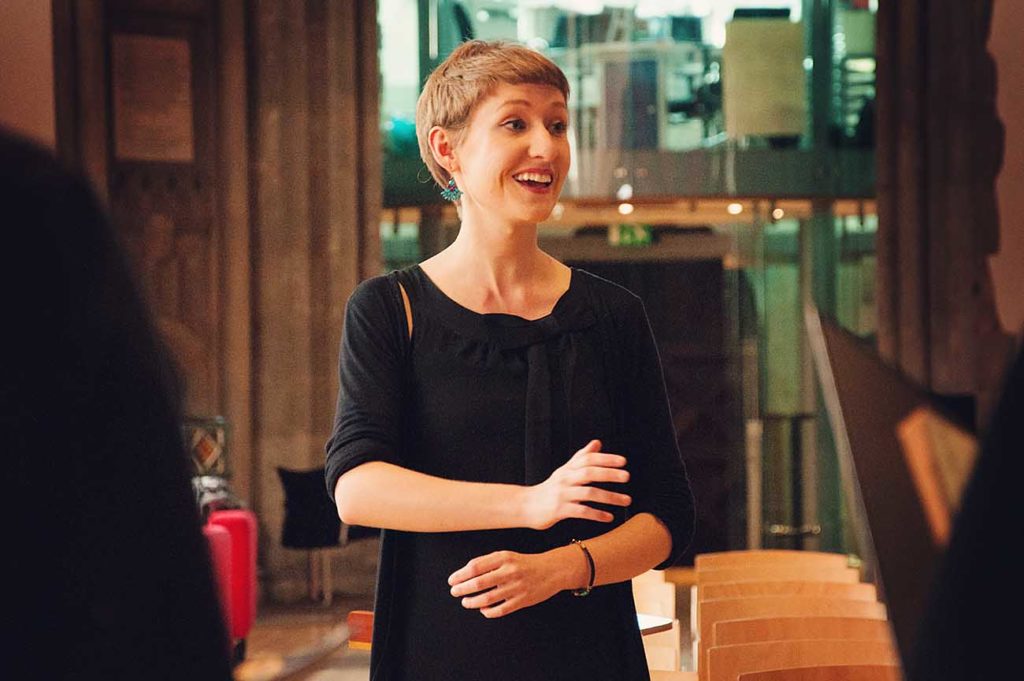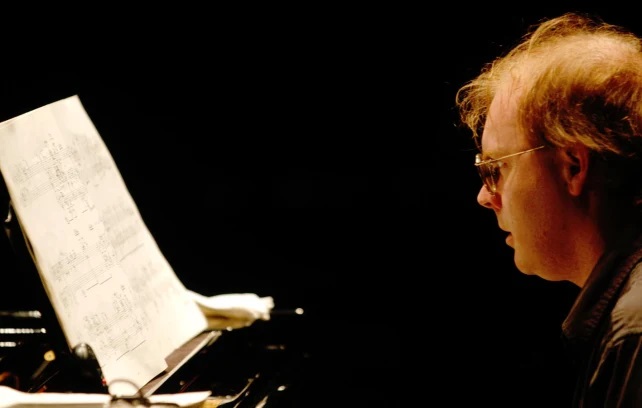
THE core of this wonderfully programmed concert was the sensuous, perhaps even erotic text of the Song Of Solomon.
The poem celebrates love in an invitational courtship: two lovers singing to each other, desiring each other. They are in harmony in a God-free narrative that celebrates humanity.
This was particularly striking in Raffaella Aleotti’s setting of Ergo flos campi where the two lovers take the form of two unequal choirs. The energetic antiphonal exchanges were beautifully delivered by the singers.
The24’s concert opened with Flemish composer Clemens non Papa’s setting of the same text. This was a refined, controlled performance where the weaving of the seven-part setting was delightful. The balance was impeccably judged.
I was going to mention the striking high versus low setting of the ‘lily between thorns’, but as it was highlighted in the programme notes I’ve decided not to bother. I really enjoyed the ebb and flow of Hildegard of Bingen’s Flos Campi. The musical experience was undoubtedly spiritual.
James MacMillan’s setting of Robert Burns’ The Gallant Weaver was a secular musical match made in heaven. The work is brimming with the distinctive influence of Scottish folk music – the rich ornamental inflections or decoration was delightfully executed, as well as Gaelic Psalmody.
The overall effect was generally peaceful; the voicing was inspired with triple soprano divisions and gentle hanging dissonances that were exquisite. The only issue I had was the exposed bass and tenor setting of the words ‘the gallant weaver’, which jarred. Sir James, I suspect, not the choir.

I personally find Morrissey a charmless, narcissistic individual, but there is no doubting his ability as a songwriter and performer. I really like The Smiths’ There Is A Light That Never Goes Out (written by him and guitarist Johnny Marr), and I found this arrangement by Sarah Latto and the performance itself quite sublime. It was so touching, tender and respectful.
There is much to admire in John Barber’s Song Of Songs (commissioned by The Sixteen); the intricate weaving of the musical lines, lovely ornamentation and music that rhythmically danced. But I failed to engage with the work. Not even the funky ostinato of Love Is As Strong As Death or the splendid singing in By Night could revitalise that movement’s blandness.
Unlike Judith Weir’s Vertue; a very fine performance of a very fine work. Weir’s music always shines brightly, and this was no exception. Alex Kyle made a guest appearance to conduct Schütz’ Ego Dormio; the direction was assured and the performance highly rewarding.
Kerry Andrew’s CoMa Blues was a welcome change of musical gear. The composer has forged her own clearly distinctive voice, and this short theatrical performance was spot-on.
One of the concert highlights was Victoria’s Trahe Me Post Te. It is such a delight to immerse oneself into this velvety chocolatey sound world of absolute luxury. Especially when the performance, under the inspirational direction of conductor Sarah Latto, is as polished as this.
The programme concluded with Philip Glass’s Quand Les Hommes Vivront d’Amour. This attractive work is a hymn to universal love and the responsibility that goes with it, a somewhat timely message needed right here and right now.
It had all the hallmarks of Glass’s radical, and it is indeed radical, style: effective, almost hypnotically driven motor rhythms, repetitive patterns, breathing dynamic phrasing. The performance radiated warmth and joy, a great way to sign off, to say goodnight.
Review by Steve Crowther



